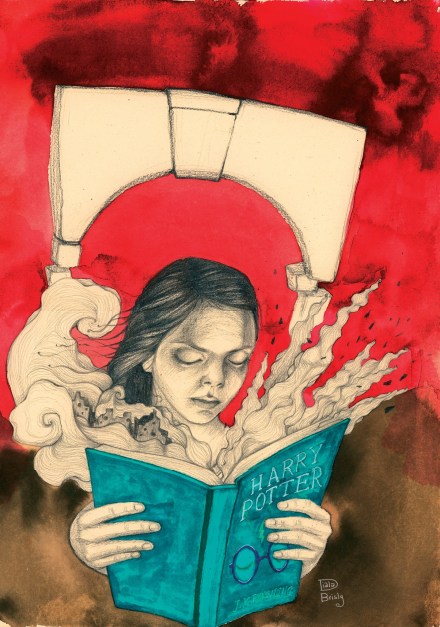
The Release of the “Syria Always Beautiful” video is not brand new, it was released on August 30 by the Syrian Ministry of Tourism, but it sent out signals that is still accurate. Messages about happy people in regime controlled areas, enjoying life as if the year was 2010 and there was no war anywhere; partying, celebrating, riding water scooters and swimming in crystal blue water, sends out the message that the regime are regaining confidence about winning the war.
For a long time, Assad and his allies were denying that a war was ongoing at all. In central Damascus, young people were still partying, singing karaoke despite the distant sounds of mortars and shelling from the suburbs. The public TV channels still aired soap operas and broadcasted news about the president visiting local areas where people happily threw flowers at hime and his wife.
Then in 2013, there was finally little room for denying that a war was going on, and the rhetoric then turned to describe the opposition as solely consisting of terrorists, mainly from foreign countries.
Now, in 2016, when Aleppo is being massacred in front of all the world; when Syrian army together with support from Russia and crushing the little resistance that is left, Assad seems more sure than ever that he regain dictatorship of all of the country.
It seems impossible from the outside, that a country where people have been starting to talk freely for the first time in decades; where people have started to demand an end to corruption and the suppressing of oppositional groups, would return to live under the same conditions they were risking their lives for.
But in the Assad controlled Syria, anything now seems possible.
The opposition is shattered, weak, and have been hijacked by terrorist groups.
The terrorist groups have been pushing the population that was previously against the regime, or unsure what to think, back in believing in the comfort of Assad being in power again.
The regime has effectively played the terrorist card and making people longing back to the days when you were safe if you didn’t utter a word of criticism towards the non-elected government. Or if you by some other reason ended up in the grips of the feared security intelligence. Or if you, as a girl, happened to be abducted by young men of the regime allies and sexually abused.
They have made people believe that a rule under Assad is to prefer to the current situation. That they might even provide elections with other reliable candidates than Assad himself.
Tourism in Tartous might be possible in a near future. For everyone except for the people from the Syrian opposition, who have already escaped the country and will see no chance of ever going back. Except for the people who are, or will be, if the regime regain control everywhere, secretly imprisoned in one of the intelligence underground prisons, with no chance of getting out. People who only wanted freedom, a chance to say whatever you were thinking, a chance for young girls to be safe from the hands of the young men of the regime.
An upcoming stream of tourism to Tartous will be the last page turned by the Assad regime. It will mean he has won the war.
Photo credit: Tumblr






